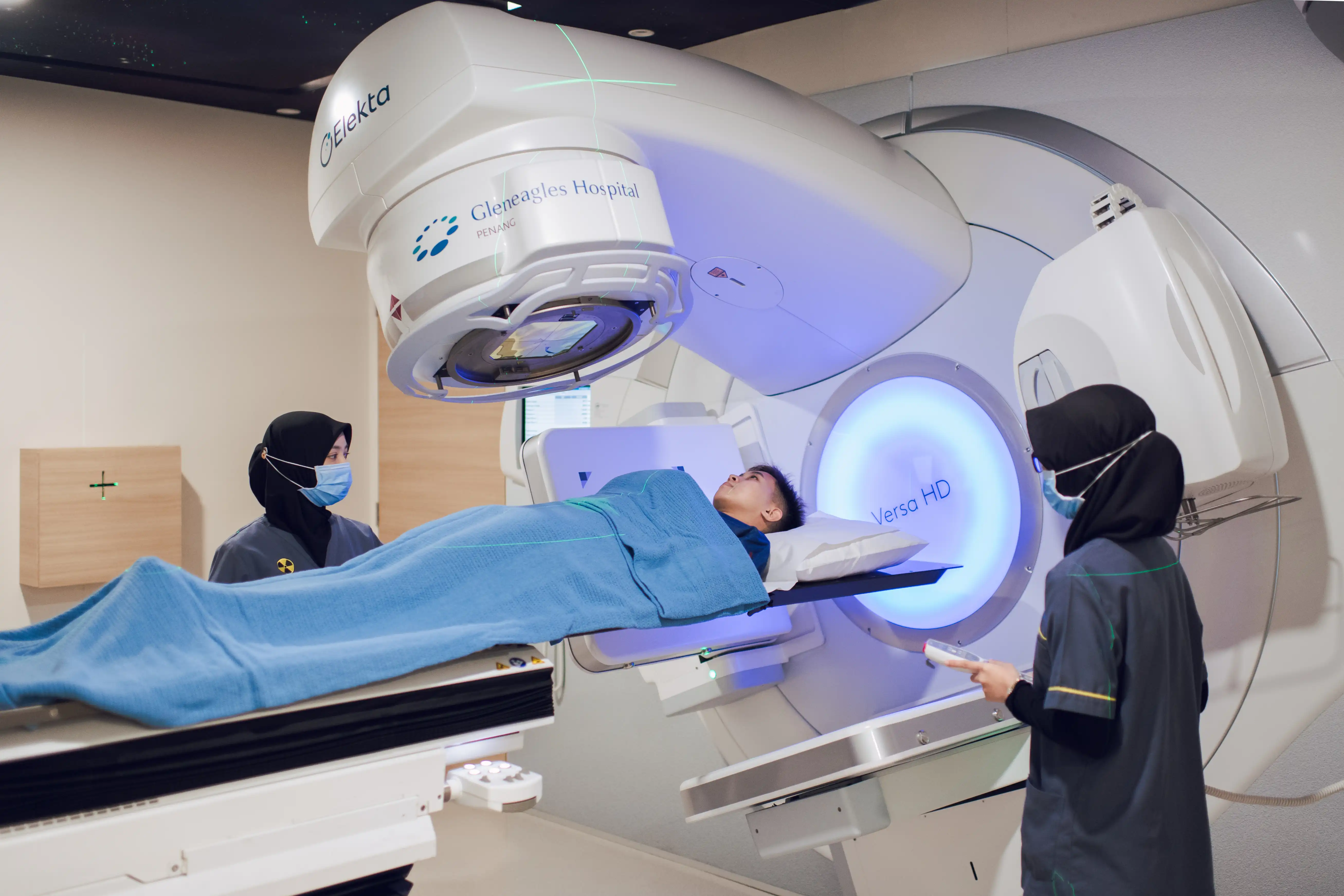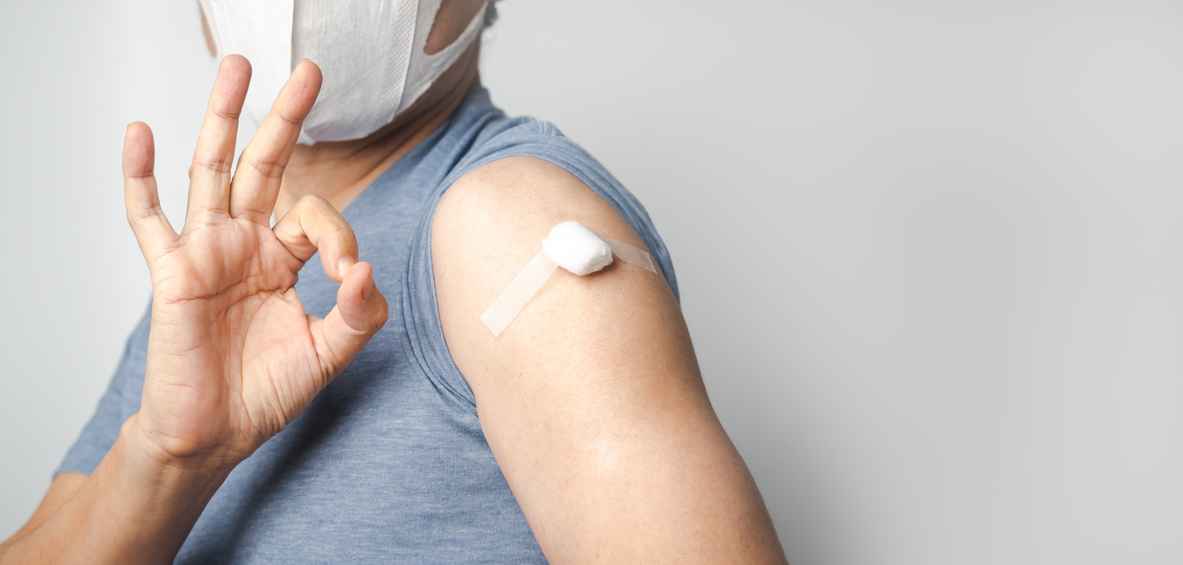What Is A Pleuroscopy Or Medical Thoracoscopy?
Pleuroscopy is an examination of the space between the lung and the chest wall, where a thin tube called a pleuroscope is inserted through the skin on the chest into the pleural space (space between the lung and ribs). This procedure is carried out to
investigate the cause of fluid (Image 1) or air in the pleural space.
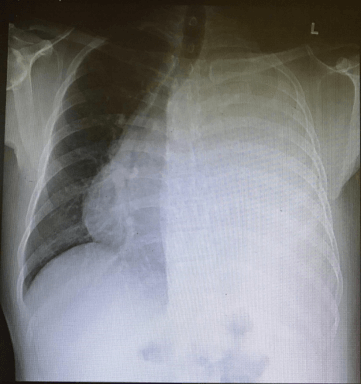
Image 1: Pleural effusion – the accumulation of fluid in the pleural space, seen on the left chest
How Is It Done?
You will lie on your side during the procedure and have a rolled-up towel placed beneath you.
You may receive a sedative drug for relaxation. Your doctor will inject a local anaesthesia into the muscle between your ribs.
He/she will then make a small cut in the skin and place a hollow tube through the cut into the pleural space. Sometimes, a second cut may be needed.
A telescopic instrument is introduced through the hollow tube. Your doctor will use this instrument to scan the pleural space.
He/she may obtain pleural biopsies by removing small pieces of the lining of the pleural space. This may cause some pain. Pain relief may be given before the biopsy.
The fluid in the pleural space will be drained. This procedure does not stop your normal breathing.
At the end of the procedure, a chest tube will be inserted into the incision to drain any air or fluid from your pleural space.
Local Anaesthesia and Sedation:
This procedure will require anaesthesia. Information about anaesthesia and its risks involved will be discussed before the procedure. If you have any concerns, discuss these with your doctor.
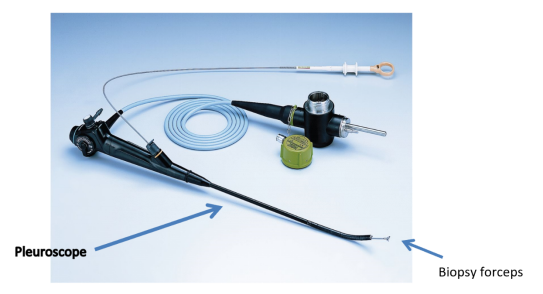
Image 2: A Pleuroscopy Set
(source:https://breathe.ersjournals.com/content/8/2/156.figures-only)
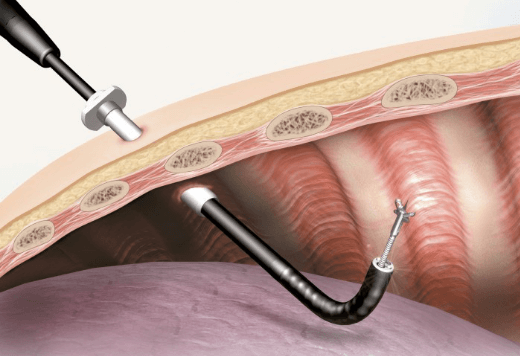
Image 3: Pleuroscopy in the pleural space
(source:https://ssd.olympus.eu/medical/en/medical_systems/applications/pulmonology/medical_thoracoscopy/medical_thoracoscopy_1.html)
What Are The Risks Of Getting A Pleuroscopy?
- Common risks and complications
- Occur in more than 5% of procedures
- Chest pain – you may experience some persistent pain in the chest as the nerves between the ribs are bruised after the procedure.
- Fever – you may experience fever if you have had talc sprayed. The fever should subside in a few days.
- Obese patients may have an increased risk of wound infection, chest infection, heart and lung complications, and thrombosis.
- Uncommon risks and complications
- Occur in 1-5% of procedures
- Air leak from the lung
- Rare risks and complications
- Occur in less than 1% of procedures
- Wound infection
- Bleeding may happen after biopsies – the bleeding is usually minor and settles quickly. There is a higher risk of bleeding if you have been taking blood-thinning
- Drugs such as Warfarin, Aspirin, Clopidogrel or Dipyridamole. You should stop taking blood-thinning drugs temporarily before a pleuroscopy procedure.
- Heart problems – the procedure may put a brief, minor strain on the heart. This may cause abnormal beating of the heart, fluid to accumulate in the lungs, a heart attack, or the heart may stop beating.
- Low oxygen levels – if this occurs, you will be given oxygen.
- Adult Respiratory Distress Syndrome – this may happen after talc is sprayed in the pleural space. The talc powder may cause damage to both lungs that may cause breathing difficulty. This may occur days after the procedure.
- Death as a result of this procedure is rare.
Before the procedure:
- You must not eat or drink anything for at least six hours before the procedure.
- Bring your X-rays or CT scans with you.
After the procedure:
- The chest tube may have to remain in your body for a few days.
- You may experience pain due to the chest tube. Your doctor may prescribe pain-relieving drugs.
- After discharge from the hospital, you will need a follow-up visit to remove stitches from your wound.
- Please contact your doctor or the hospital if you experience the following symptoms:
- Fever that does not go away.
- Ooze or discharge from the wound.
- Contact your doctor or the hospital IMMEDIATELY if you have shortness of breath.
